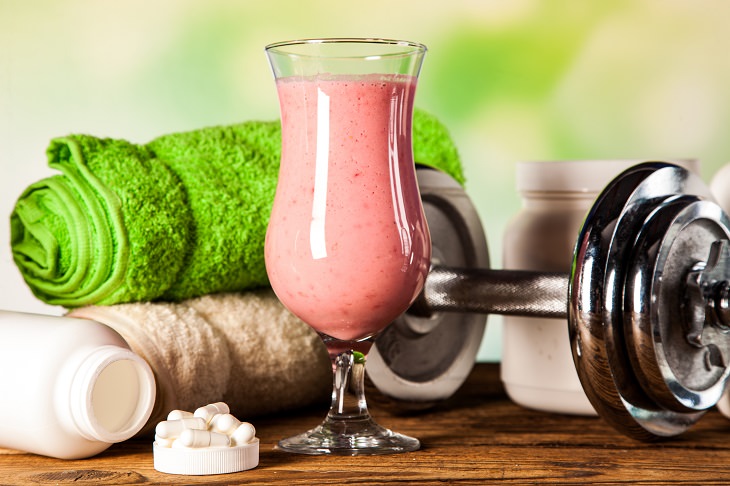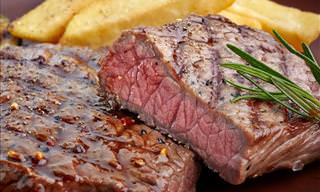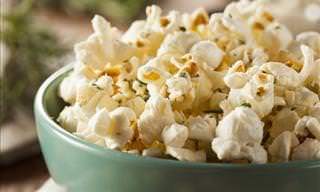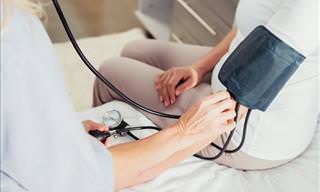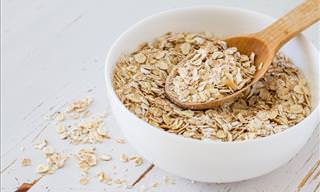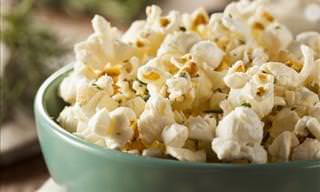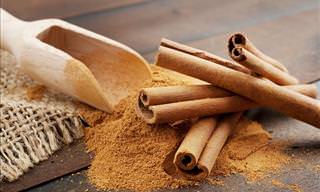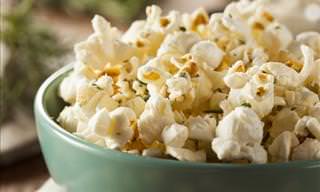1. You Choose the Fattiest Steak on the Menu
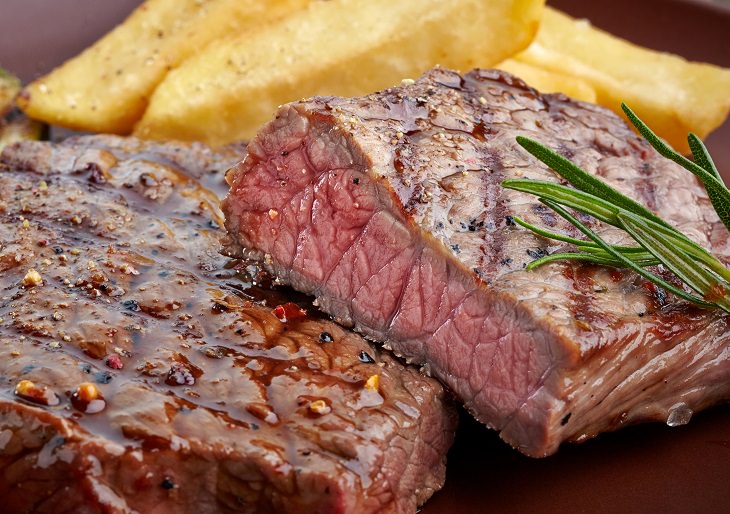
Are you guilty of always ordering the rib-eye or the T-Bone? If so, swap these out for a cut of beef that’s much better for your heart. To reduce the levels of saturated fats that you’re consuming, look for lean cuts of meat. The key-words to look for here are “loin,” “sirloin,” or “round.”
If you’re cooking steak at home, trim off as much fat as you can before cooking, and pour off the melted fat after cooking. Grilling, baking, boiling, and stewing are healthier ways to prepare meat. Furthermore, it’s also a good idea to avoid organ meat such as liver and kidney as these tend to be high in cholesterol.
2. You Skip Fish
Certain types of fish, such as salmon, mackerel, herring, and trout, contain higher levels of omega-3 fatty acids, good fats that don’t affect LDL cholesterol levels. Omega-3 fatty acids also help to increase good cholesterol. Decreasing your triglycerides, a type of fat in your blood, and decreasing blood pressure.
Aim to consume a 3.5 ounce serving of fish at least twice per week, preferably those higher in omega-3 fatty acids.
3. Your Only Source of Dairy is the Milk in Your Coffee

Increasing the amount of calcium in your diet can increase HDL cholesterol and decrease LDL cholesterol concentrations. Dairy products are the best source of calcium with hard cheeses having the highest concentration levels. Therefore, you should incorporate low-fat or fat-free milk, cheese, and yogurt as part of your meals and snacks.
4. You Love Fried Foods, Baked Goods, and Packaged Foods
Most of these foods contain trans-fat, which can increase bad cholesterol levels and lower good cholesterol levels. Even if you search for trans-fat on the nutrition label, according to U.S. labeling rules, if a food contains less than 0.5 grams per serving, it can be labeled as 0 on the packaging. Therefore, if you eat three servings of a food that is “trans-fat free,” you could still be consuming them.
Instead of eating these foods, you’re better off making baked goods at home. If you do this, you can cut out oils and margarine and replace them with unsweetened applesauce or mashed bananas.
5. Your Diet lacks Soluble Fiber
If your LDL levels are already high, eating foods that are rich in this type of fiber, such as beans, lentils, oats, fruits, whole grains, and veggies can help to lower your levels. These foods bind to cholesterol and help to remove it from your body.
6. You Think Protein Shakes Are Just for CrossFit Fanatics
Whey protein might have some of the same health benefits of dairy. In a study, when subjects consumed whey protein as a supplement, it lowered both LDL and total cholesterol. You can find whey protein powder in supplement stores, drug stores, and online.
7. You Toast More Than Most
Drinking too much alcohol can increase your cholesterol. Men should have no more than two alcoholic drinks per days, and women one.
Source: rd
Images: depositphotos
 Go to BabaMail
Go to BabaMail




